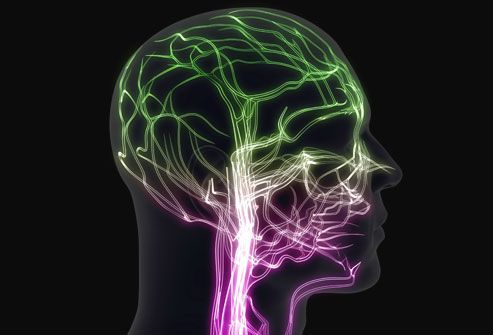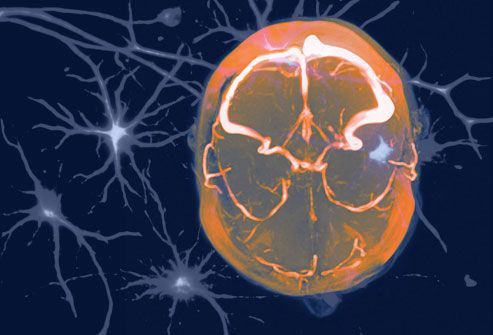
A Visual Guide to Migraine Headaches

What Is a Migraine?
A migraine is a headache with throbbing pain that is usually worse on one side of the head. The pain is often severe enough to hamper daily activities and may last from four hours to three days if untreated. More than one in 10 Americans, including one in 6 women, have migraines, but many have been told mistakenly that they have a sinus or tension headache. Foods, stress, and hormones can be migraine triggers.
Migraine Symptoms
Throbbing pain typically occurs on one side near the temples, forehead, and eyes. Migraine headaches can make you very sensitive to light, sound, or mild exertion, such as climbing the stairs. Many people have nausea, vomiting, or vision problems. The pain can be disabling, forcing people to miss work or other activities.
Migraine With Aura
About 20% of people who suffer from migraine headaches will have an aura about 20 minutes to an hour before the pain. They may see flashing lights, wavy lines, or dots, or they may have blurry vision or blind spots. These are called "classic migraine headaches."
Migraine Warning Signs
Some people may have a change in mood before a migraine begins. They may become more excitable or irritable or depressed. Others may detect a sensation, such as a funny smell or taste. They may feel more fatigued, yawn frequently, or experience muscle tension. About 1 in 4 people experience this prodrome phase, which can occur as early as 24 hours before any head pain.
What Causes a Migraine?
The exact cause of migraine headaches is still not well understood, but the problem is considered to be neurological (related to the nervous system). It is believed that brain chemicals, blood vessels, and nerves of the brain are involved.
Trigger: Flashing Lights
Migraine headaches may be set off by some specific cause, such as flickering lights. This could be a reflection from snow or water or from fluorescent bulbs or television or movie screens. Wearing polarizing sunglasses outside and using daylight spectrum fluorescent bulbs inside may help.
Trigger: Anxiety and Stress
Emotional stress is a common trigger of migraine headaches. While it's impossible to completely avoid stress, relaxation exercises can help you cope. Inhale and exhale slowly, letting the air fill you and then deflate like a balloon. Some people find that thinking of a peaceful scene or listening to favorite music can help.
Trigger: Lack of Food or Sleep
It's important for people prone to migraine headaches to have a regular pattern of meals and sleep. Low blood sugar from skipping meals can trigger a migraine. Eating too much sugar also can cause a spike, then a "crash" in blood sugar. Drink water throughout the day to avoid dehydration and sleep at least six to eight hours a night.
Trigger: Hormonal Changes
For many women, migraine headaches are tied to their menstrual cycle, occurring either a few days before or during their period, when estrogen levels drop. Some women may benefit from anti-inflammatory medication before their headaches begin, or hormonal birth control such as pills, patches, or rings. Others may have no benefit or worse migraine headaches with hormonal birth control.
Trigger: Hormonal Changes
For many women, migraine headaches are tied to their menstrual cycle, occurring either a few days before or during their period, when estrogen levels drop. Some women may benefit from anti-inflammatory medication before their headaches begin, or hormonal birth control such as pills, patches, or rings. Others may have no benefit or worse migraine headaches with hormonal birth control.











